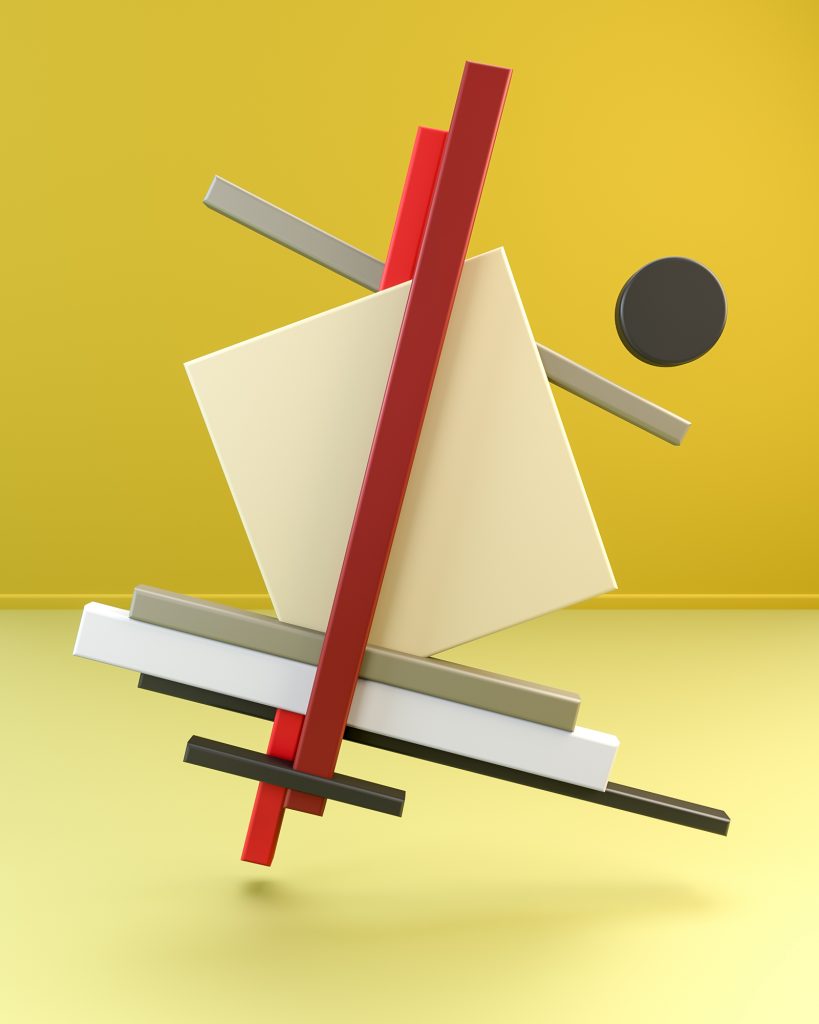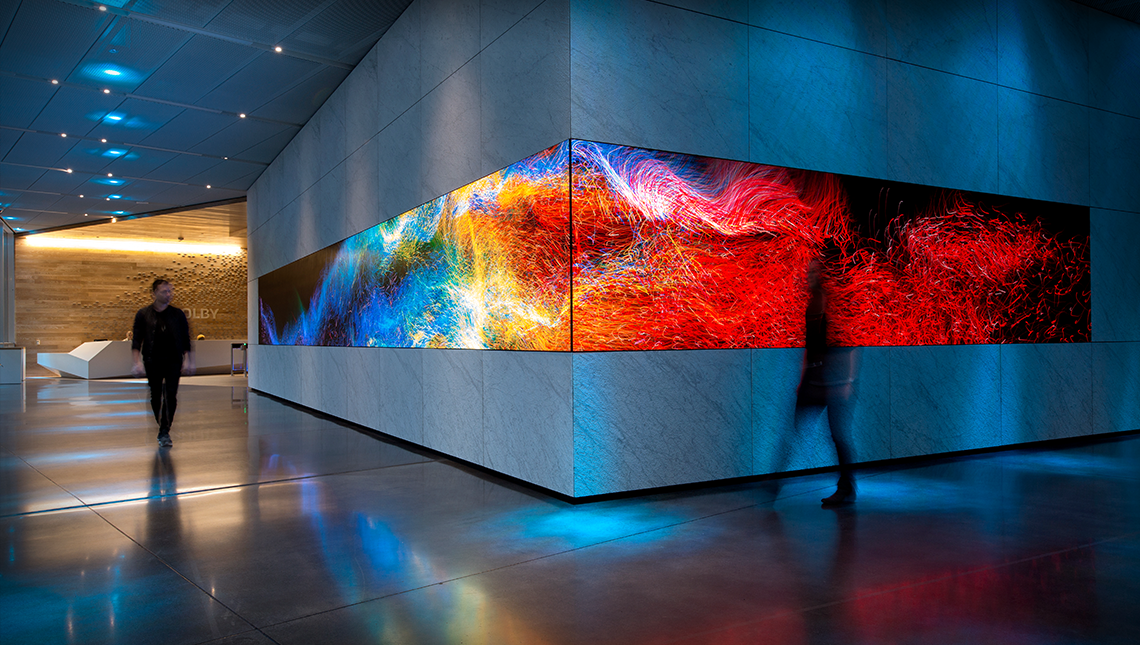The project I chose to look at this time was RoomCR6‘s Suprematism & Constructivism. I found it interesting in that it was a subtle take on modernizing some well-known Suprematism pieces. Suprematism was an art movement, originating in Russia, that tried to convey the feeling of “pure artistic feeling. “While they kept the themes from much of the paintings, including the geometric shapes, lines, and colors, RoomCR6 recreated the paintings using 3D objects. They used programs such as Cinema 4D and Arnold Render in order to create these images.



It is interesting to see how RoomCR6 gave hierarchy to the previously flat, overlapping shapes in their recreations using 3D modeling. The subtle shadows and glossy material of the objects create a luminosity and dimension that were not there in the precedent paintings, as well as giving a sense of the objects floating in space. The series of works was published in May 2017. The artists’ sensibility is noticeable in how they chose to use beveled edges, perhaps to differentiate from the sharp edges of the historic paintings.
![[OLD FALL 2019] 15-104 • Introduction to Computing for Creative Practice](../../../../wp-content/uploads/2020/08/stop-banner.png)
